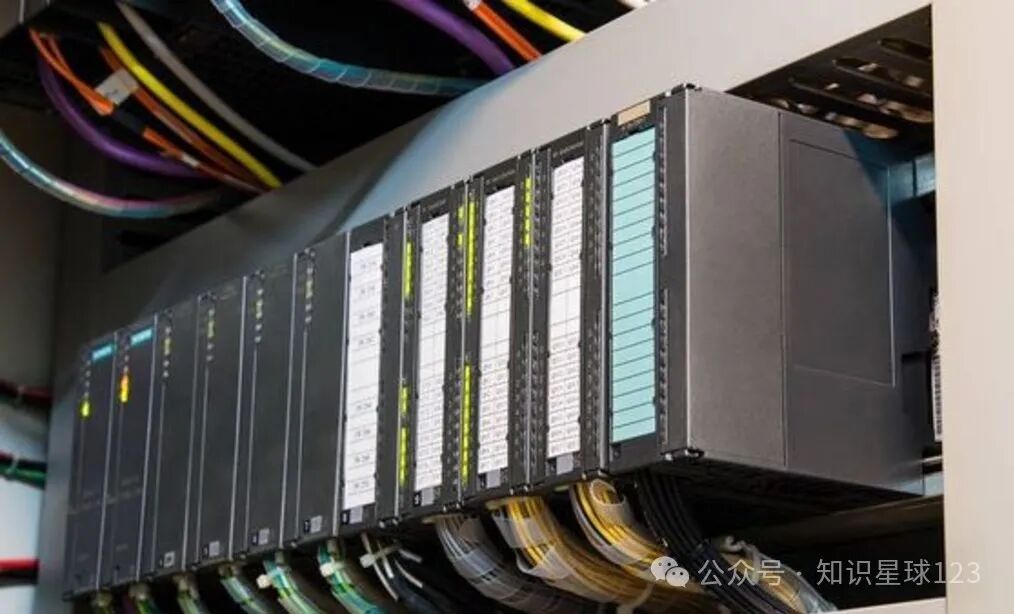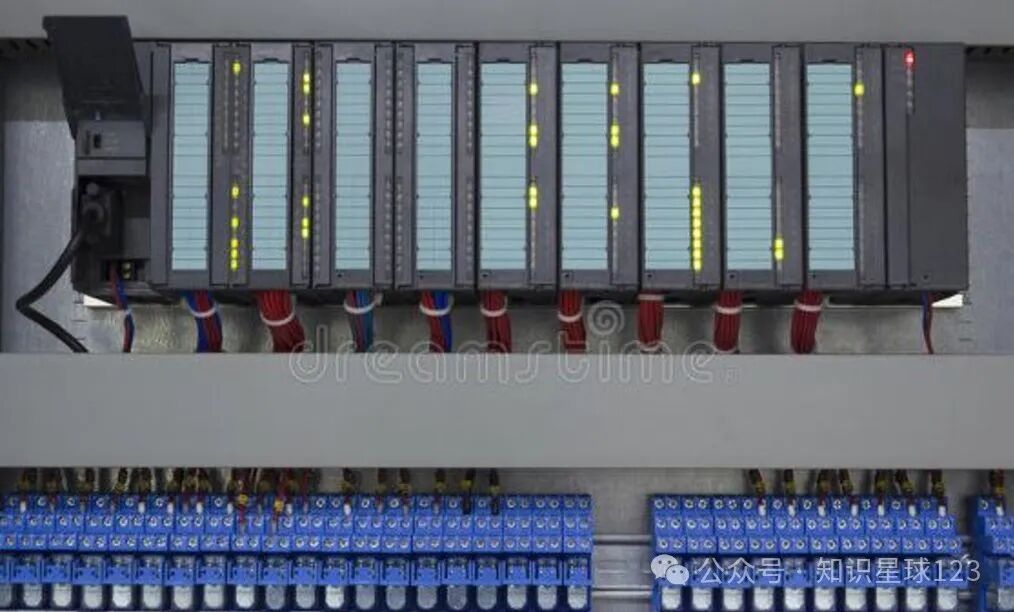
Recently, I heard a real story that made me furious. A friend who is an electrician said he wanted to learn PLC (Programmable Logic Controller), but he was ridiculed by those around him: “With your level, you want to touch automation? You are overestimating yourself!”
Honestly, hearing this made me both angry and amused. As someone who has gradually transformed from an ordinary electrician to a PLC engineer, I want to say: Those who mock others’ efforts are often the ones who are most uncertain about their own future!
I was once that mocked electrician. Ten years ago, I could only wire and troubleshoot basic circuit faults, relying on a monthly salary of over four thousand to support my family. When I first told the engineers in the workshop that I wanted to learn PLC, I received a harsh response: “Just do your job as an electrician; PLC is not something you can learn casually!”
But now? Not only have I successfully transformed, but I have also increased my income several times through several special ways of taking orders. Today, I have decided to share all the “wild methods” I have explored over the years, specifically for those electricians who have been doubted.
The Heartbreaking Truth: Why Do Some People Not Want You to Learn PLC?
To be honest, when someone tries hard to stop you from learning new technology, there are often two reasons behind it: one is the fear that you will surpass them, and the other is the fear of their own “scarcity” being broken.
I remember when I first started self-studying PLC, an old engineer had a particularly bad attitude towards me. Later, I realized — he was afraid that I would take his job once I learned! This mentality is very common in the tech industry.
Do not be deceived by those “well-meaning advice”; transitioning from electrician to PLC is not only feasible but also one of the wisest choices today.Why? Because you have a decisive advantage over those with no background:
● You already understand electrical principles and circuit diagrams● You are familiar with the actual working conditions of on-site equipment● You have practical experience in troubleshooting
These are invaluable assets that cannot be learned from textbooks!

My Transformation Journey: From Not Understanding Code to Independently Taking Orders
Speaking of this, I can’t help but recall my initial difficulties. Back then, I was overwhelmed by ladder diagrams and confused by function blocks. The worst part was that I couldn’t afford to enroll in a training class and could only rely on textbooks and online videos to self-study.
The turning point came three years ago. A packaging machine I was responsible for maintaining broke down, and the automation engineer in the factory was on vacation, leaving no one to solve the problem. I gritted my teeth, flipped through the equipment manual, studied the program, and surprisingly managed to solve the issue myself! At that moment, I suddenly realized: Real knowledge comes from practice; rather than talking about it on paper, it’s better to get hands-on experience.
Since then, I began to actively engage with various PLC issues, even using my spare time to help troubleshoot problems in other workshops. Gradually, I mastered programming methods for common PLCs like Siemens S7 and Mitsubishi FX series.
Last year, I finally mustered the courage to take my first outsourcing job — helping a small food factory renovate its old control system. Although I only earned a few thousand, it opened my eyes to new possibilities.
Winning Order Methods: These Money-Making Paths Training Classes Won’t Teach You
Next is the main event. I want to share several order-taking methods that I have personally tested and found effective, all of which are experiences I have accumulated over the years.
■ Maintenance and Renovation Entry Method
Many electrician brothers mistakenly believe that they must be able to independently design complex systems to take orders. In fact, the easiest entry point is maintenance and small renovation projects!

Once, I saw someone in an electrician group chat saying that the control system of the factory’s plate rolling machine was broken, and several repair companies couldn’t solve it. I volunteered, discovered that the problem was with the configuration of the analog card and sensors. After fixing it, I received three thousand yuan in payment, and that factory later became my long-term client.
Small factories particularly need this “maintenance + renovation” service because they cannot afford full-time automation engineers and often encounter equipment issues.
■ Old Equipment Upgrade Method
China has a large number of old equipment using relay control that urgently needs upgrading, which presents a huge business opportunity!
Last year, I helped a plastic factory upgrade an old injection molding machine to PLC control. After the renovation, not only was production efficiency improved, but downtime due to faults was also reduced. This project brought me over twenty thousand in income, and I was subsequently introduced to three similar factories.
Bosses are most concerned about the return on investment. If you can prove that the renovation can improve efficiency, save labor, or reduce faults, they are willing to pay.
■ Industry Vertical Deepening Method
This might be my proudest trick: focusing on a specific niche industry and becoming a PLC expert in that field.
I chose the food processing industry, especially in the direction of packaging machinery. By continuously taking orders, I gradually figured out the common problems and improvement spaces of this type of equipment. Now, I have gained some local fame and often receive inquiries and invitations from related companies.

Choosing a vertical field to deepen is much more effective than aimlessly taking various orders.Why? Because the equipment and processes within the industry have similarities, and your experience can be continuously accumulated and reused.
At this point, I must remind everyone of a harsh reality: many companies now have increasingly high requirements for PLC engineers. In addition to basic programming skills, they also need to understand various technologies such as communication, human-machine interfaces, and frequency converters. I once lost a big order because I didn’t understand the PROFINET communication protocol, and that regret still lingers.
Starting from Scratch, Here’s How I Recommend Planning Your PLC Journey
Seeing this, I believe many electrician brothers are eager to try. As someone who has been through it, I want to share how to efficiently plan your learning path:
● Starting Stage: First, master a mainstream PLC (such as Siemens S7-200 or Mitsubishi FX3U), learn basic instructions and simple program writing. Don’t try to learn the highest-end models right away, as it can easily discourage you.
● Practical Stage: Try to apply for participation in automation projects at work, or build a small experimental platform yourself. Remember, knowledge gained on paper is shallow; true understanding comes from hands-on practice..
● Advanced Stage: Expand your learning to include frequency converter control, touch screen programming, industrial networking, and other related technologies to enhance your overall competitiveness.
● Order Taking Stage: Start with small projects around you, gradually build your reputation and case library, and then expand your client base through various channels.
Some may ask: Without project experience, why would clients trust me?

My suggestion is: Use price advantage as a stepping stone. I remember when I first took orders, my quotes were only half or even lower than those of professional companies. Although I earned little, it brought me valuable practical opportunities and client feedback.
Slowly, as you accumulate enough cases and reputation, you can naturally raise your prices. Now my daily income is several times that of my previous electrician salary, and I have much more freedom in my work.
In Conclusion: Don’t Let Anyone Douse Your Passion for Learning
Looking back on my transformation journey over the years, my biggest realization is: There is no ceiling to technology; only you set limits for yourself.
If ten years ago I had listened to those mockeries and doubts, I might still be struggling to climb utility poles and walk through cable trenches. It was that unyielding spirit that brought me to where I am today.
The path from electrician to PLC is not easy; you will encounter various difficulties: theoretical knowledge is hard to digest, practical opportunities are scarce, and confidence is lacking… But as long as you persist, one day you will find that the seemingly unattainable goal is now beneath your feet.
Remember: every PLC expert started from scratch. Those who doubt you today may envy you tomorrow.
Now, I particularly want to hear your stories and confusions: Are you an electrician? What setbacks have you encountered while learning PLC? What skills do you most want to master? Feel free to share in the comments, and I will try my best to respond to every earnest learner.
If you find this article helpful, don’t forget to share it with fellow colleagues who also wish to improve! The path of a technician is more powerful when walked together!